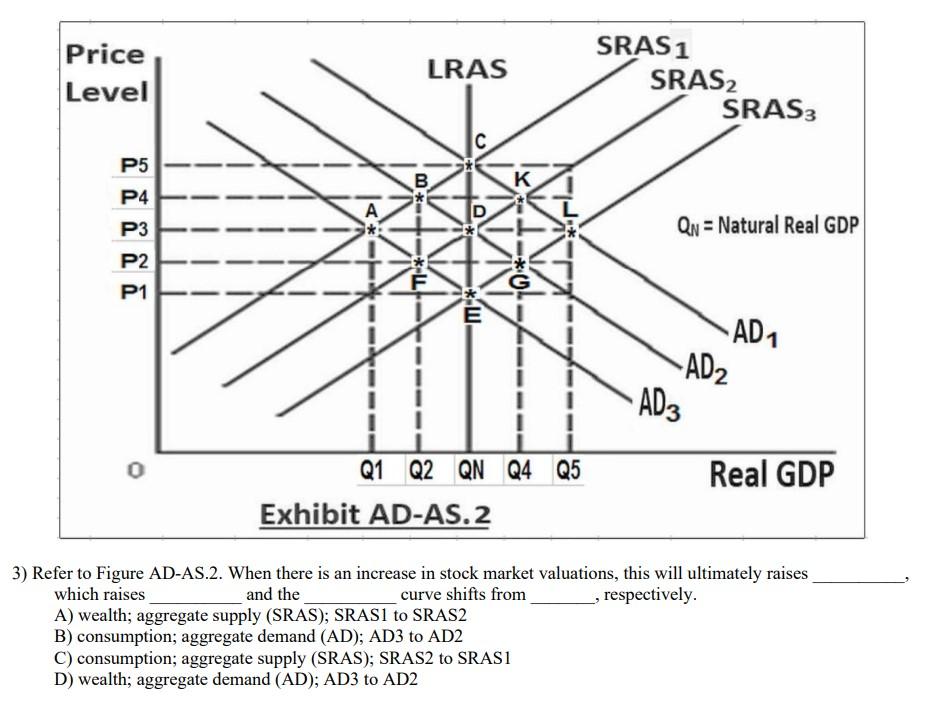Analyzing The US-China Contest For Influence: A Critical Military Base

Table of Contents
US Military Base Strategy: Global Reach and Regional Alliances
The US military's global network of bases is a legacy of decades of Cold War strategy and post-Cold War interventions. These forward operating bases are vital tools for power projection, enabling rapid response to crises, bolstering regional alliances, and deterring potential adversaries. The strategic placement of these bases—from the Pacific to Europe and the Middle East—reflects a commitment to maintaining global security and responding to various threats. This strategy relies heavily on strong alliances and partnerships, providing access to crucial basing locations and logistical support.
- Examples of strategically important US bases and their regional impact: The US bases in Japan and South Korea are crucial for maintaining stability in the Indo-Pacific region, while those in Germany and Italy play a key role in NATO operations. The bases in the Middle East are vital for operations in the region and counter-terrorism efforts.
- Costs and benefits of maintaining a global network of bases: While the global reach provided by these bases offers undeniable strategic advantages, the financial and logistical burdens are substantial. This includes considerations of maintaining infrastructure, personnel, and operational readiness, alongside the political sensitivities associated with hosting foreign military bases.
- Evolving US base strategy: The rise of China and other emerging threats is forcing a re-evaluation of the US base strategy. Emphasis is increasingly placed on agility, adaptability, and the integration of advanced technologies, moving away from the traditional large, fixed-base model towards more dispersed, networked deployments.
China's Expanding Military Footprint: A Belt and Road Initiative Connection?
China's military modernization and its ambition to project power globally is a significant development in the geopolitical landscape. While its approach to establishing overseas military bases differs significantly from that of the US, it is equally significant. China leverages its economic and diplomatic influence, often employing less overt methods such as establishing commercial ports with dual-use capabilities, or providing security assistance in exchange for basing rights. The potential link between the Belt and Road Initiative (BRI) and China's military expansion is a crucial area of study. The BRI's infrastructure projects create opportunities for expanding China's military reach, sometimes referred to as the "String of Pearls" strategy, creating a network of influence across key maritime chokepoints.
- Examples of Chinese military base development projects and their strategic implications: China's engagement in Djibouti and its increasing presence in the South China Sea are prime examples of its growing military footprint. These developments directly challenge the existing regional power balance.
- Challenges China faces in establishing overseas bases: Unlike the US, China lacks the extensive network of established alliances and faces greater resistance and skepticism from host nations regarding the establishment of permanent military bases. This necessitates a more nuanced and diplomatic approach.
- Regional responses to China's expanding military presence: Neighboring countries are increasingly wary of China's expanding military reach, leading to increased regional tensions and a strengthening of alliances with the US and other regional powers.
The Geopolitical Implications of this Competition: Regional Instability and Global Power Dynamics
The intensifying competition between the US and China for military basing rights has significant geopolitical implications. It fuels regional instability, particularly in areas where their interests overlap, such as the South China Sea and the Indo-Pacific region. This rivalry affects global power dynamics and the existing international order, raising concerns about an escalating arms race and the potential for miscalculation leading to armed conflict. International law and diplomacy play a crucial role in managing this competition, but their effectiveness remains to be seen in the face of such competing national interests.
- Case studies of intense US-China competition: The South China Sea, Taiwan Strait, and the East China Sea are key areas where the competition plays out intensely, with risks of escalation and conflict significantly increased.
- Potential for miscalculation and escalation: The lack of clear communication channels and the inherent mistrust between the two powers increase the risk of miscalculation, leading to unintended escalation of tensions.
- Role of other major powers: The actions and responses of other major global powers, such as Russia, India, and the EU, significantly impact the overall dynamics of this great power competition.
Future Trends and Potential Scenarios: Assessing the Trajectory of the Competition
Predicting the future trajectory of the US-China military base competition is inherently complex. However, several factors will play a crucial role in shaping its future development. These include technological advancements in areas like AI, hypersonic weapons, and space-based capabilities, which will significantly alter the strategic landscape and the nature of military basing. Shifting geopolitical alliances and the evolving responses of other global powers will also influence the trajectory of this competition. Climate change and its potential impact on sea levels and military infrastructure also warrant consideration.
- Role of emerging technologies: The development and deployment of advanced technologies will likely result in a shift away from traditional base structures towards more dispersed, agile deployments that utilize unmanned systems, cyber warfare, and other cutting-edge capabilities.
- Impact of climate change: Rising sea levels and increasingly extreme weather events pose significant challenges to the long-term viability of coastal military bases and may influence the strategic importance of certain regions.
- Predictions about the future distribution of global military power: The future distribution of global military power will likely be multipolar, with increased competition and uncertainty for both the US and China.
Conclusion: Understanding the Critical Role of Military Bases in the US-China Contest for Influence
The competition between the US and China for influence is significantly shaped by their respective military base strategies. This competition presents significant geopolitical challenges, increasing regional instability and altering global power dynamics. Understanding the strategic implications of this competition is vital for navigating the complexities of international relations and mitigating the risks of conflict. Further research on US-China military base dynamics is crucial to informing effective policy decisions and fostering greater stability in the international system. Continue the conversation on the critical role of military bases in shaping the future of US-China relations and the broader global order.

Featured Posts
-
 Discover The Countrys Top New Business Locations
Apr 26, 2025
Discover The Countrys Top New Business Locations
Apr 26, 2025 -
 Actors Join Writers Strike Hollywood Faces Complete Production Shutdown
Apr 26, 2025
Actors Join Writers Strike Hollywood Faces Complete Production Shutdown
Apr 26, 2025 -
 Emerging Markets Fund Closure Point72 Traders Exit And Implications
Apr 26, 2025
Emerging Markets Fund Closure Point72 Traders Exit And Implications
Apr 26, 2025 -
 A Side Hustle Access To Elon Musks Private Companies
Apr 26, 2025
A Side Hustle Access To Elon Musks Private Companies
Apr 26, 2025 -
 Understanding High Stock Market Valuations Bof As Take
Apr 26, 2025
Understanding High Stock Market Valuations Bof As Take
Apr 26, 2025
Latest Posts
-
 Charleston Tennis Pegula Claims Victory Against Collins
Apr 27, 2025
Charleston Tennis Pegula Claims Victory Against Collins
Apr 27, 2025 -
 Wta Charleston Pegula Triumphs Over Collins
Apr 27, 2025
Wta Charleston Pegula Triumphs Over Collins
Apr 27, 2025 -
 Swarovski Campaign Showcases Ariana Grandes Unique Dip Dyed Hairstyle
Apr 27, 2025
Swarovski Campaign Showcases Ariana Grandes Unique Dip Dyed Hairstyle
Apr 27, 2025 -
 Ariana Grandes Swarovski Campaign A Dip Dyed Ponytail Debut
Apr 27, 2025
Ariana Grandes Swarovski Campaign A Dip Dyed Ponytail Debut
Apr 27, 2025 -
 Top Seeded Pegula Claims Charleston Championship After Battling Collins
Apr 27, 2025
Top Seeded Pegula Claims Charleston Championship After Battling Collins
Apr 27, 2025
